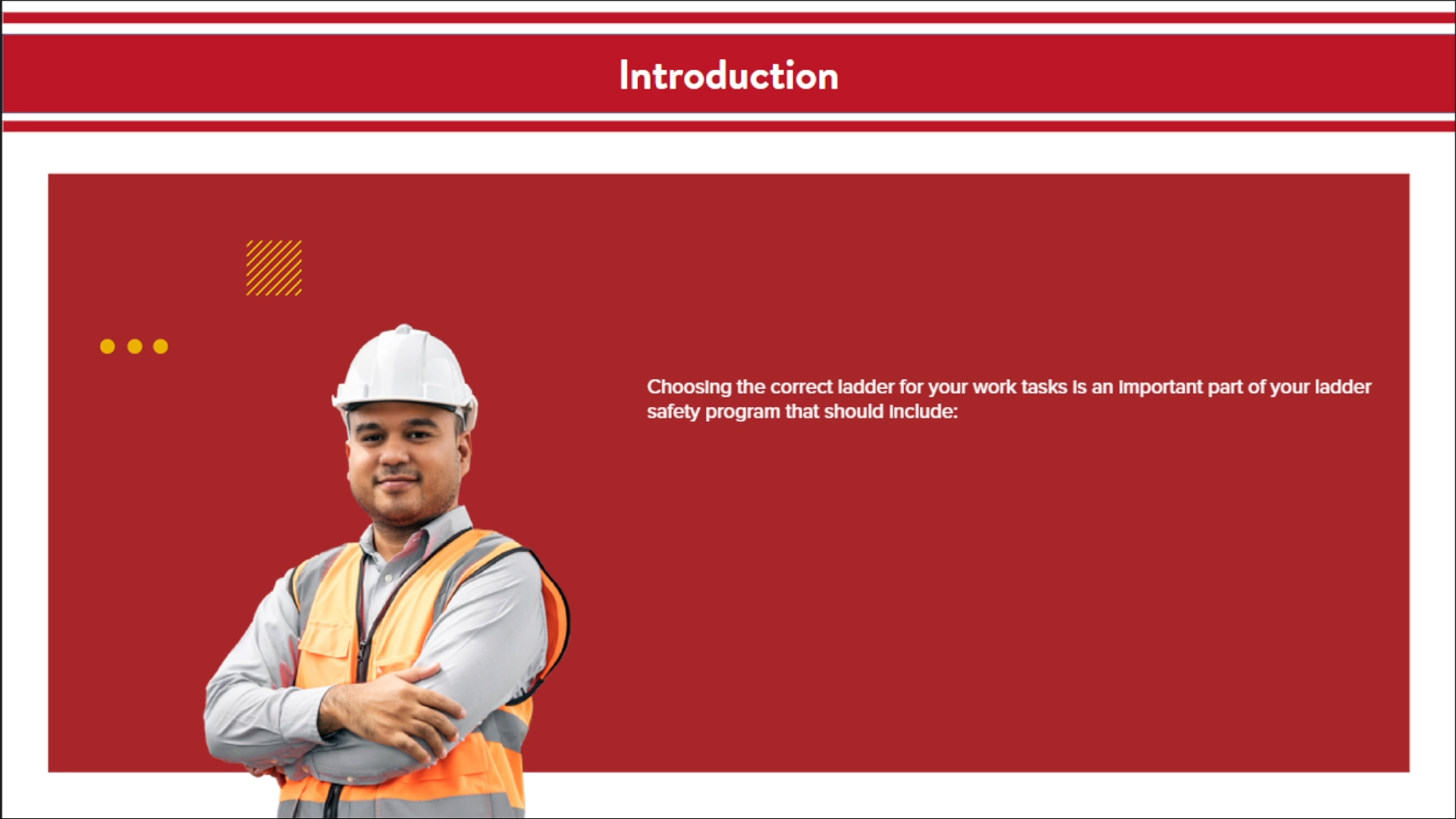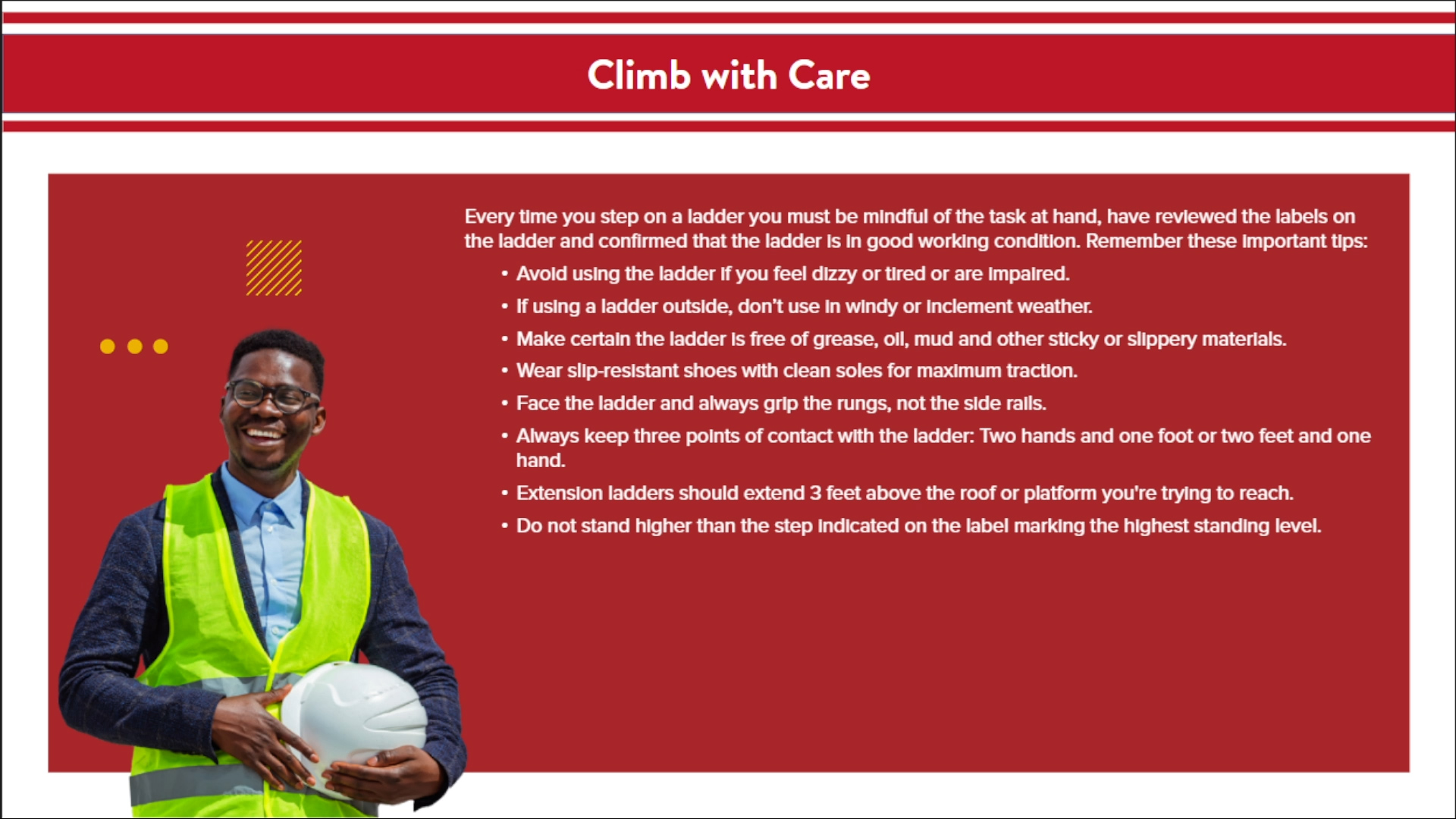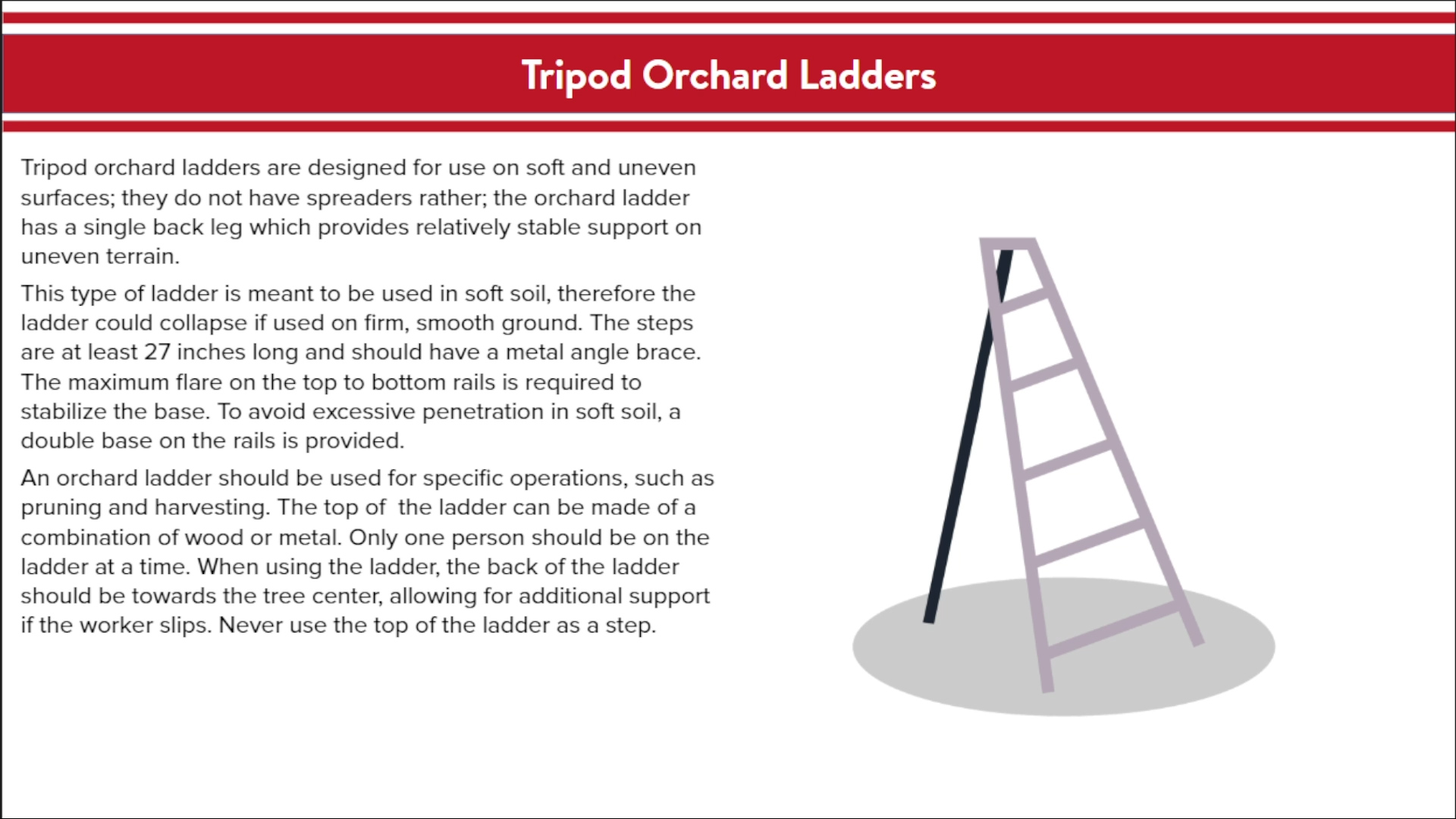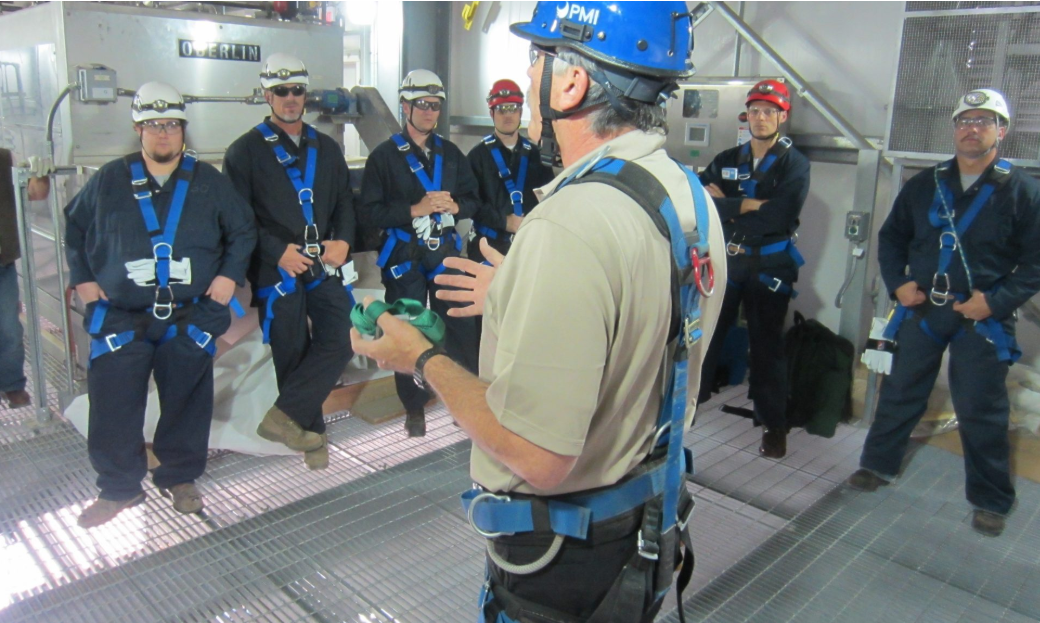Upon completion of the course learners will understand common hazards of ladder use, recognize types of ladders, requirements for use, fall prevention techniques, and how to inspect ladders before and after use to ensure safe use.
Ladder Safety
$9.99
Description
Course Preview
Description
Upon completion of the course learners will understand common hazards of ladder use, recognize types of ladders, requirements for use, fall prevention techniques, and how to inspect ladders before and after use to ensure safe use.
Why SafetyNow?
Not all training is equal. With SafetyNow, learners and leaders will notice the difference in value:
- Quality: Professionally-researched and designed using the latest mobile and responsive technologies
- Convenience: Works instantly on any device, desktop or mobile
- Time savings: What learners need to know, not extra fluff or legalese
- Reporting: Consistent, instant compliance records available anytime
- Support: Customer and learner support included at no charge
Curriculum
- Recognizing common ladder types used in industry.
- Understanding common hazards associated with ladder use.
- Learning the requirements and best practices for ladder safety.
Features
- Any Learning Management System (LMS) Use with any SCORM, AICC, xAPI, TinCan, HTML5, or other LMS (learning management system).
- Any Device Desktop, laptop, tablet, or mobile phone – it simply works, everywhere.
- Engaging Professionally-developed, including an on-screen host and modern, easy-to-understand text, media, and voiceovers.
- Unlimited Attempts Each module can be taken as many times as required to get a passing grade. Unlike our competitor’s courses, if you get an answer wrong, you are redirected to the exact eLearning segment you struggled with… you don’t need to go through the entire module again, just the one part you need a refresher on.
Only logged in customers who have purchased this product may leave a review.














Reviews
There are no reviews yet.